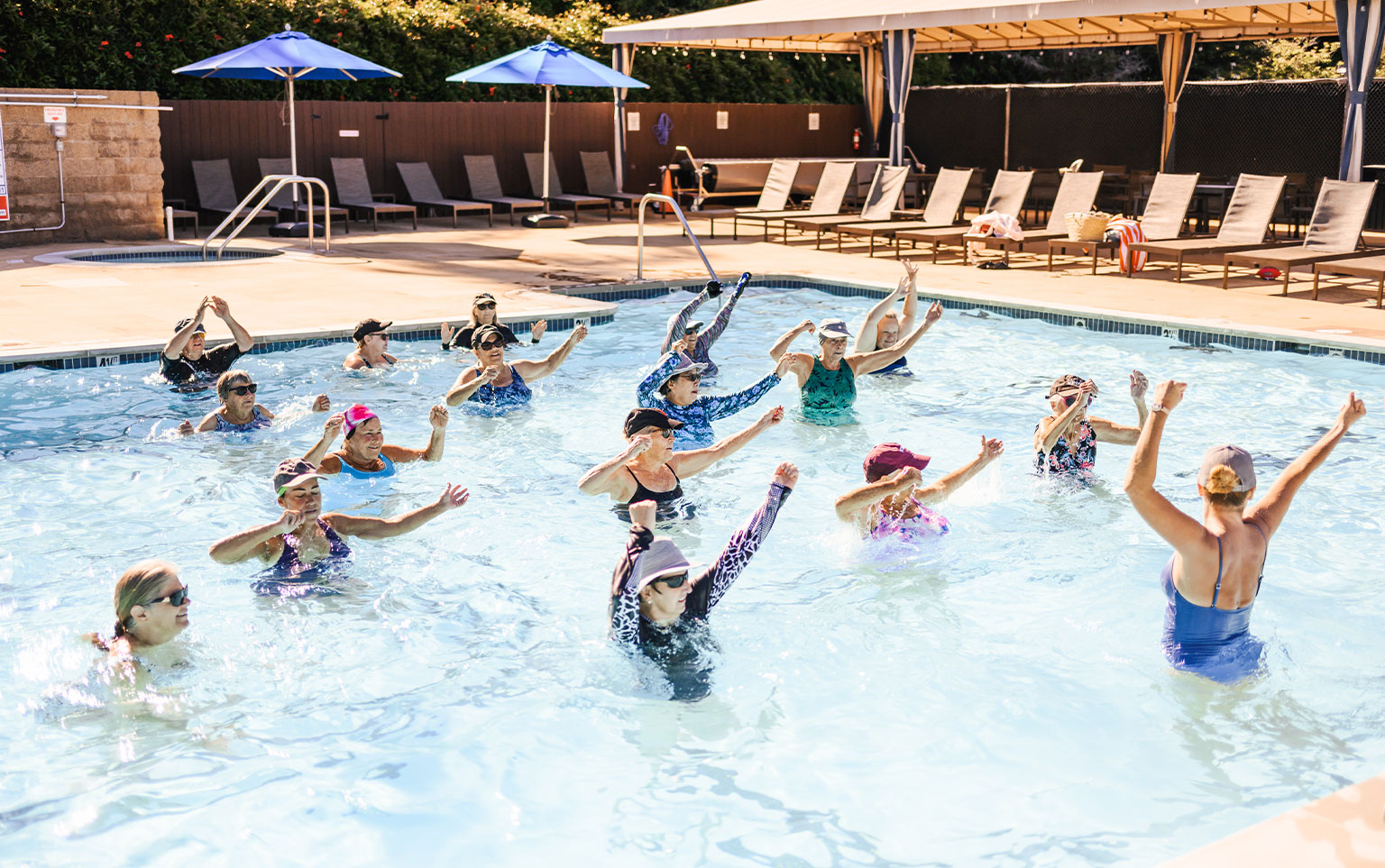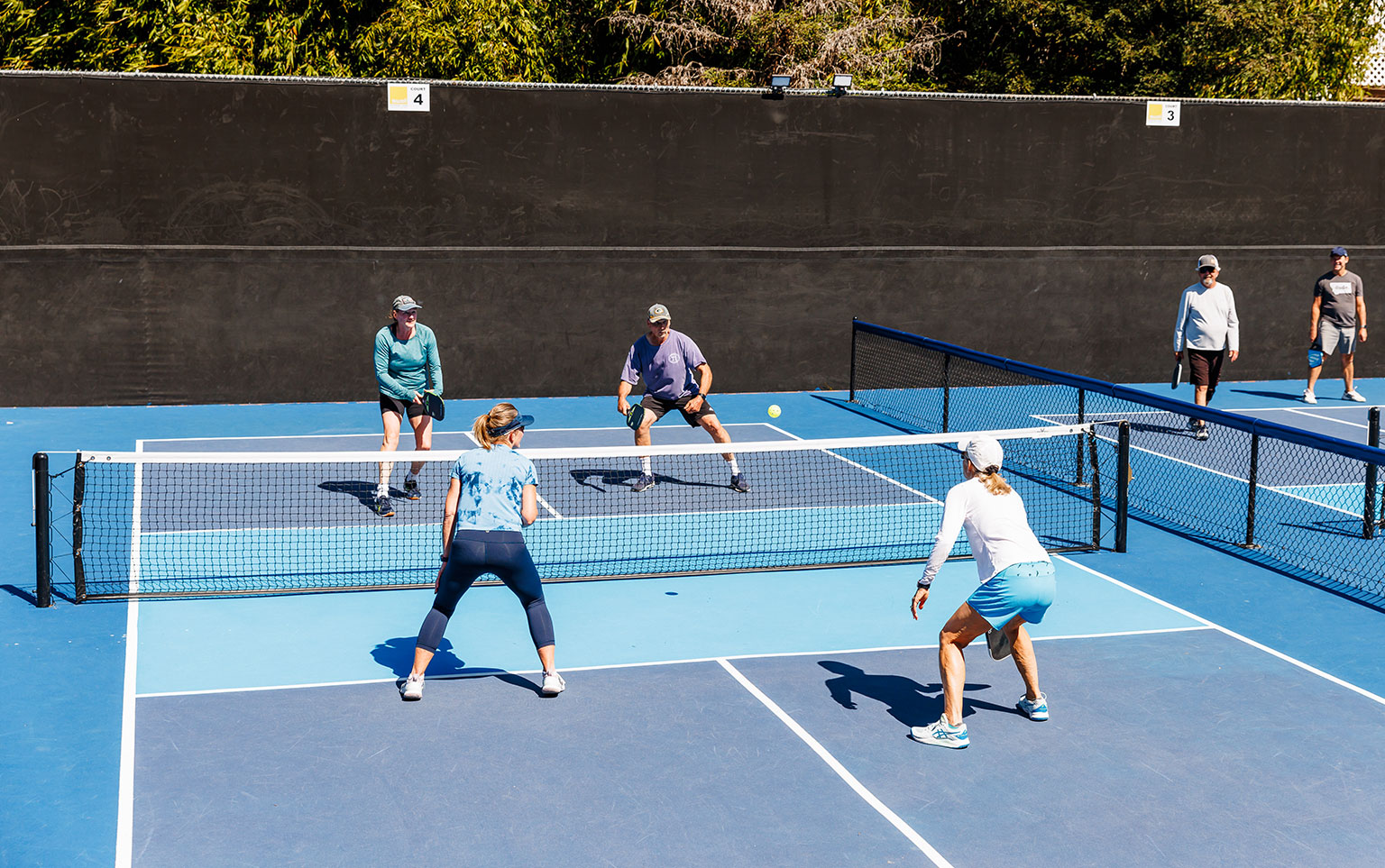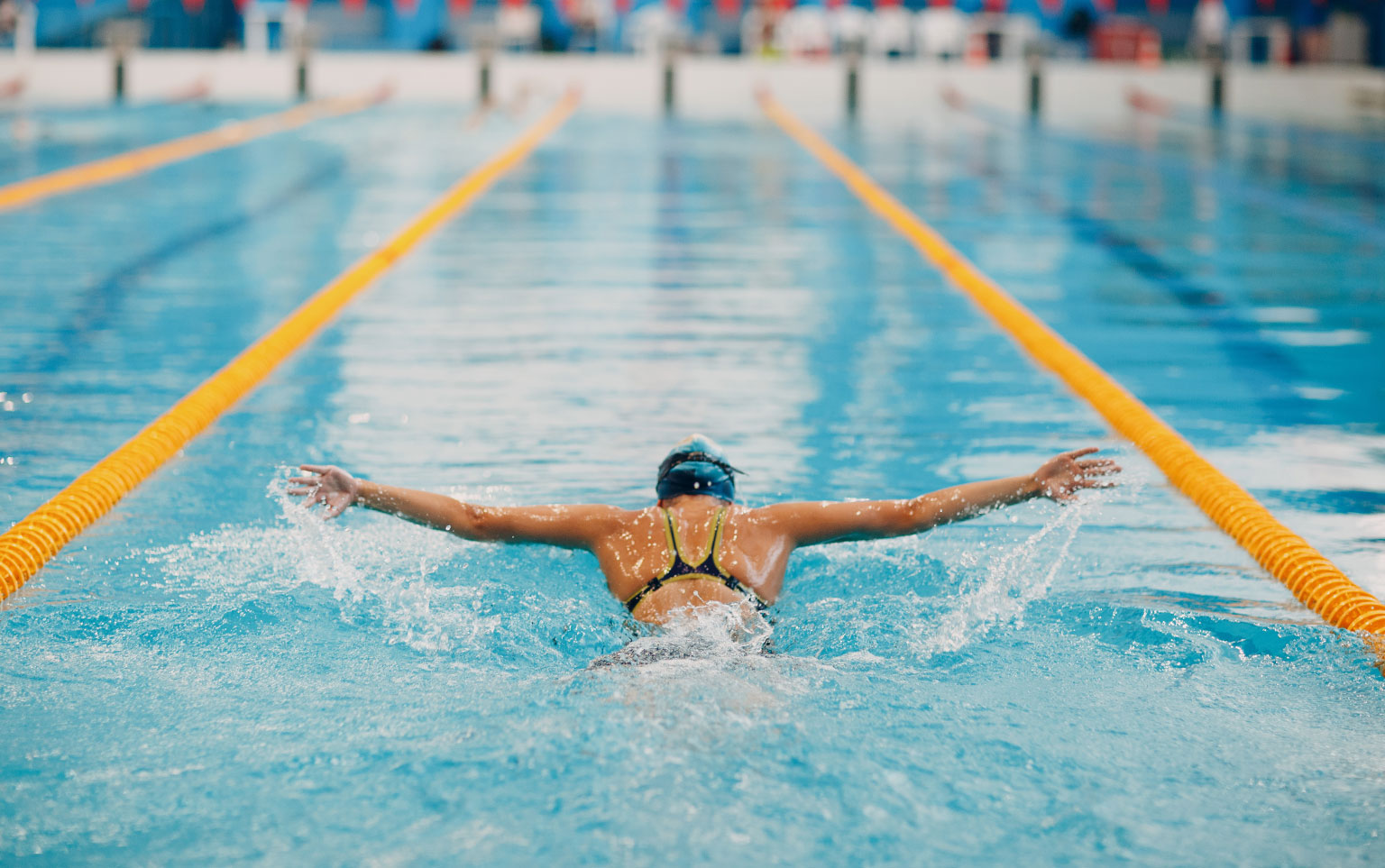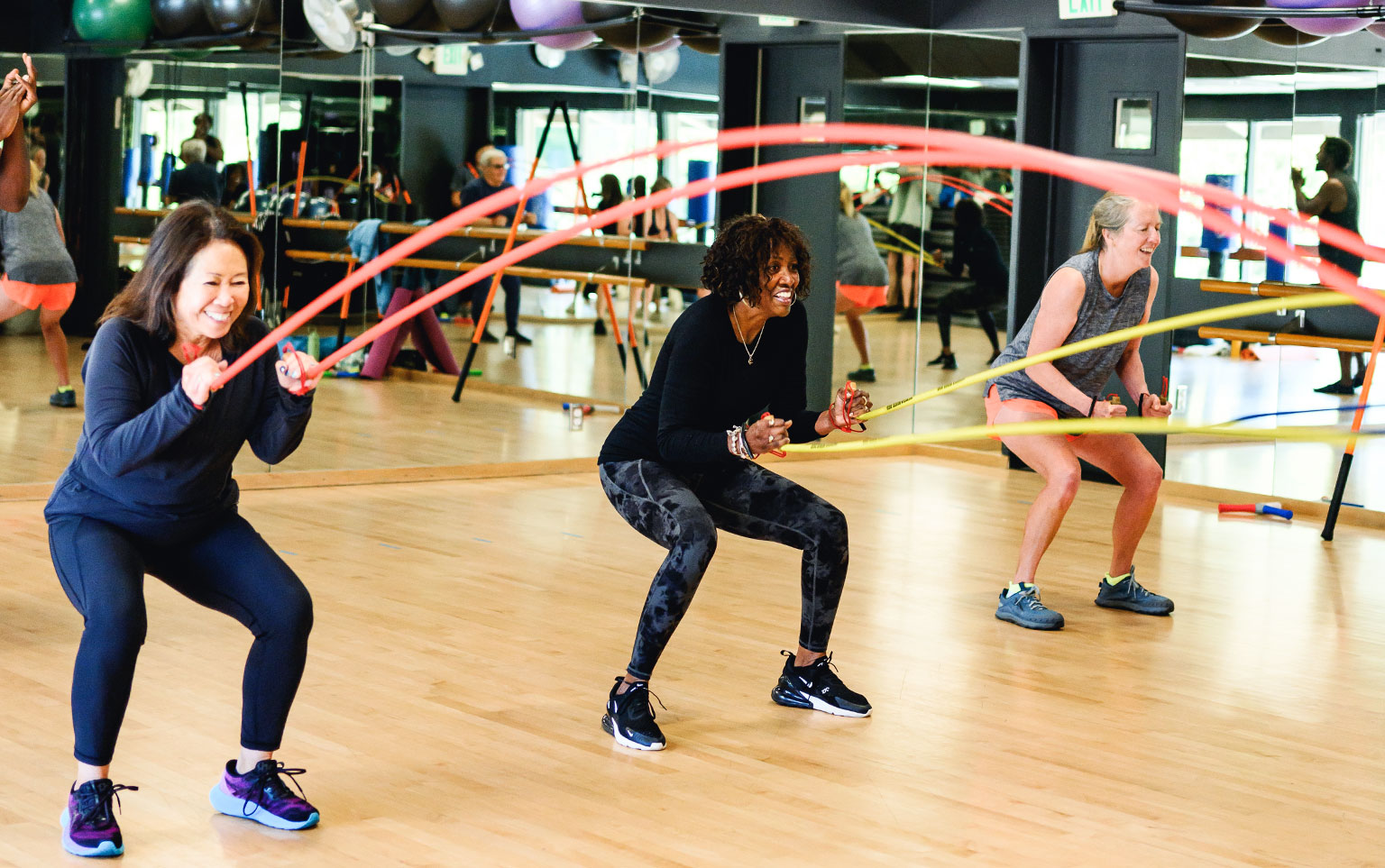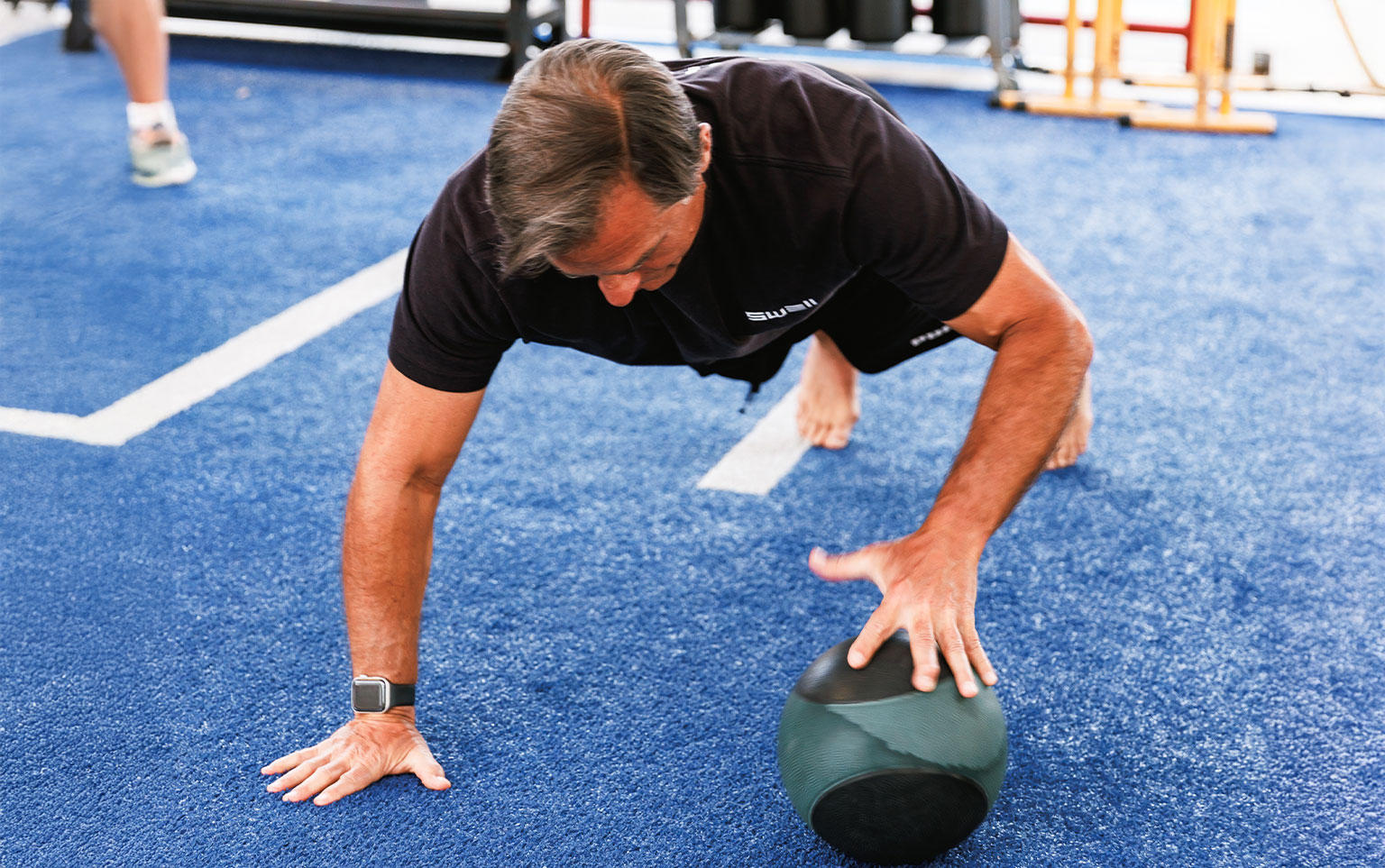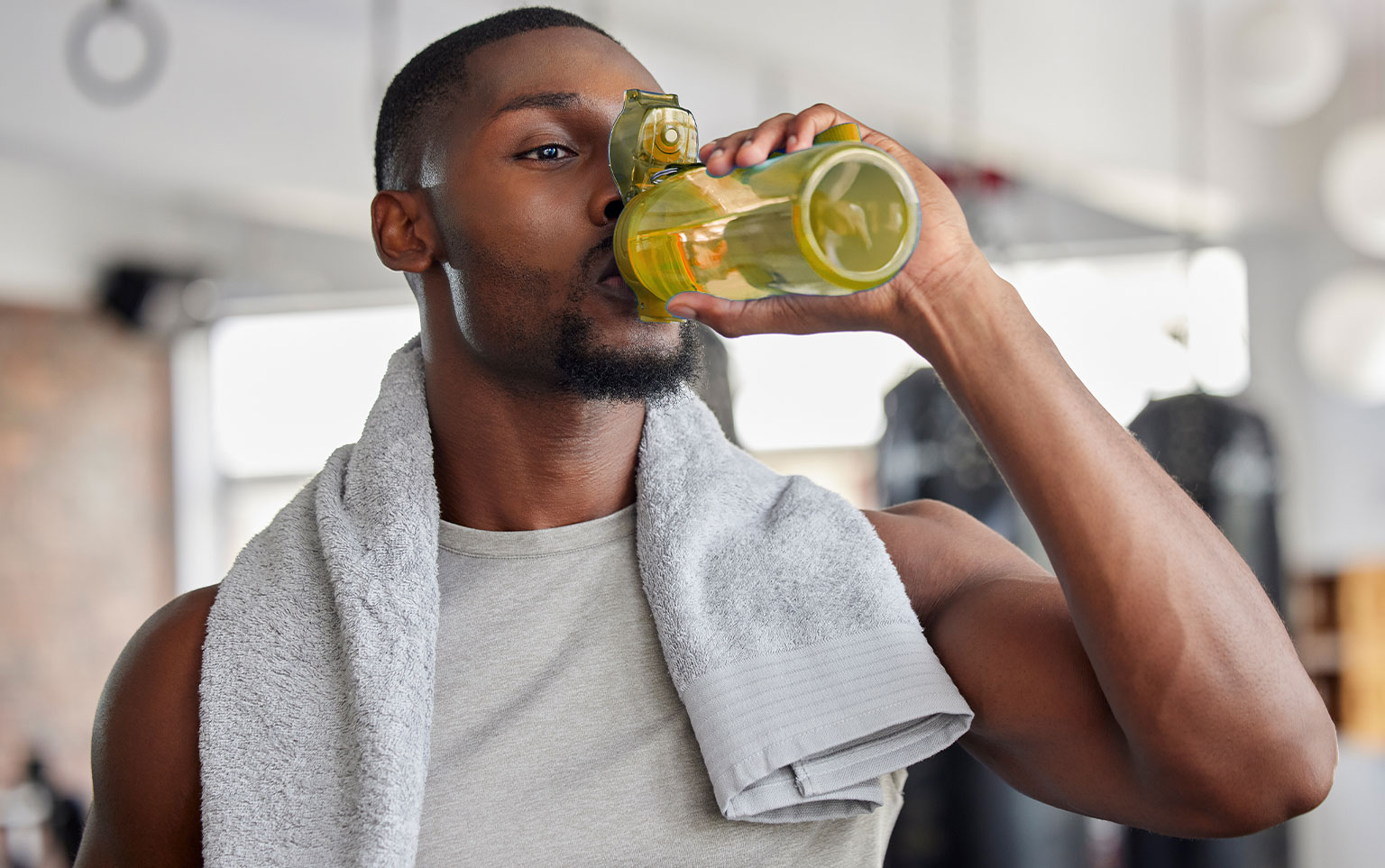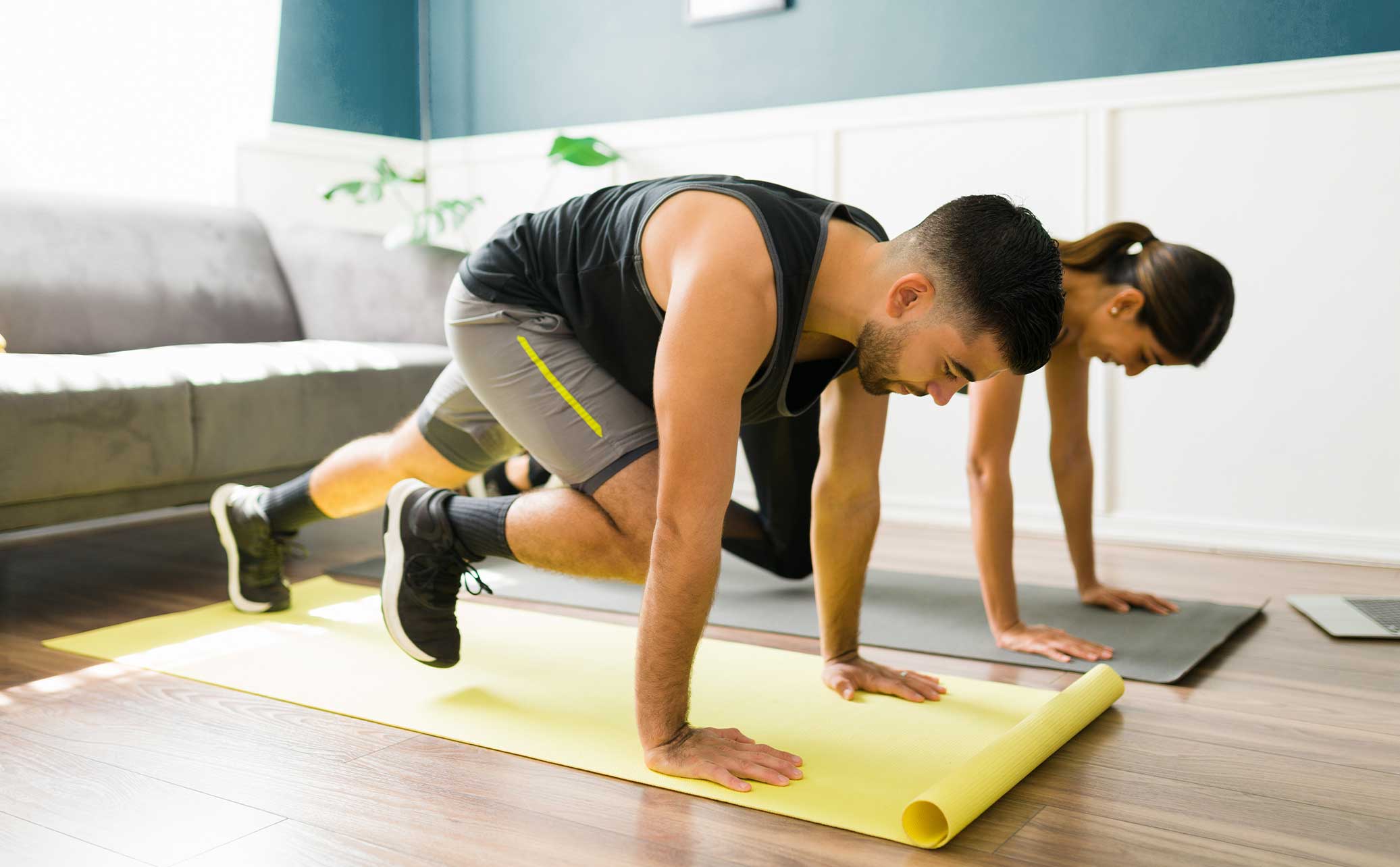go further by swell
Looking for ways to optimize your workouts? Our blog dives deep into the latest fitness news, offering expert advice on pre- and post-workout nutrition to help you maximize your results, both inside the gym and beyond.
Tennis Fitness: Improve Your Game with Strength and Agility
Whether you’re a competitive player or enjoy a weekly match with friends, performance on the court is shaped by more than just practice. Building tennis fitness through focused off-court training […]
READ MOREFitness for All: Celebrating National Fitness Day
National Fitness Day is a celebration of movement, strength, and the ongoing journey toward a healthier lifestyle. At Swell Goleta, we believe fitness should be accessible to everyone, regardless of […]
READ MORESpring Fitness Reset: Get Inspired to Move
As the seasons change, spring brings a renewed sense of energy and motivation—making it the perfect time for a fitness reset. Whether you’re looking to shake up your routine, set […]
READ MORECelebrating Female Athletes: Breaking Barriers and Leading the Way
March 8th marks International Women’s Day. It’s a time to honor and celebrate the achievements of female athletes who have broken barriers and paved the way for future generations. From […]
READ MORELove Your Heart: Tips for a Healthier Cardiovascular System
Your heart works tirelessly to keep you healthy and strong, and it deserves your attention and care. This American Heart Month, let’s explore simple yet impactful ways to nurture a […]
READ MORENew Year, New Me: Crafting Fitness Resolutions That Stick
The start of a new year presents an opportunity to reflect, reevaluate, and commit to positive changes that can enhance our well-being. At Swell Goleta, we help our members set […]
READ MOREHoliday Hacks: Time-Saving Fitness Routines for Busy December Days
As the holiday season unfolds, time becomes a precious commodity. Our days fill up with festive gatherings, shopping sprees, and juggling numerous responsibilities, often leaving our fitness routines neglected. But […]
READ MOREPumpkin Spice and Everything Nice: Incorporating Fall Flavors into Your Diet
Autumn is a time of transformation, not just for nature but also for our palates. As the leaves change and the air gets cooler, our desire for heart-warming and cozy […]
READ MORECancer Awareness: Spreading Hope through Fitness Initiatives
Swell stands not just as a beacon of fitness and wellness but also as a sanctuary for those touched by the shadow of cancer. Our commitment goes beyond physical health; […]
READ MOREHIIT in a Hurry: Effective and Quick Workouts for Summer Travel
Summer beckons, and with it comes the excitement of long-awaited vacations, beach trips, and adventures abroad. But with all the excitement of travel, staying true to your fitness regimen can […]
READ MOREThe Benefits of Morning Workouts: Why Starting Your Day With Exercise is a Game Changer
Hitting the snooze button or lacing up your sneakers—which one sets you up for a more productive and energized day? While both have their merits, the growing body of evidence […]
READ MORE
SPECIAL MEMBER OFFERS
We’ve partnered with some local friends to provide our members with extra perks around town. Check out these special offers to enjoy all that Santa Barbara County has to offer!
Stay Up-To-Date
Receive important club information like class cancellations, club closures, social events, fitness classes, and much more with our Swell Newsletter!
HOURS
Monday - Friday:
5:30am - 9:30pm
Saturday & Sunday:
6:30am - 9:00pm


